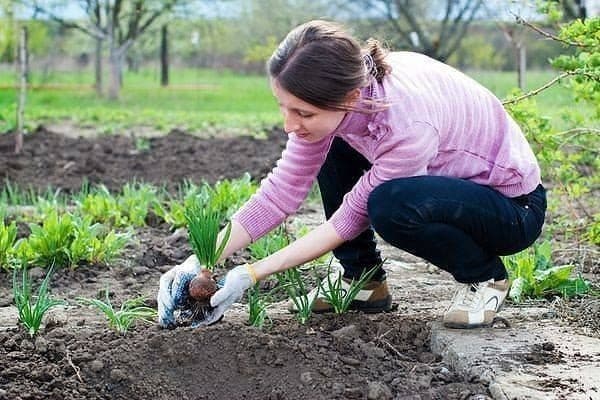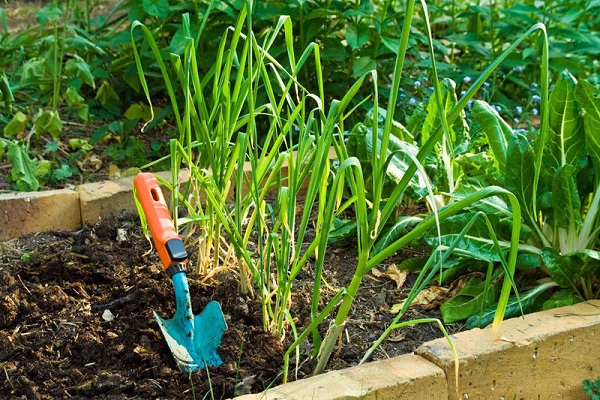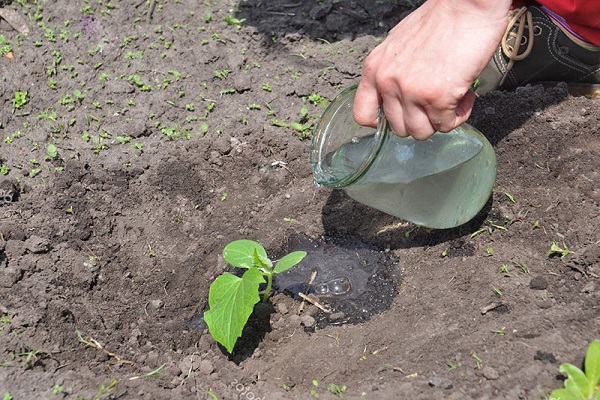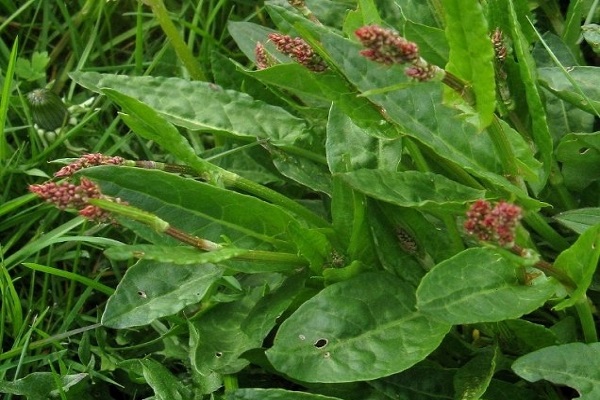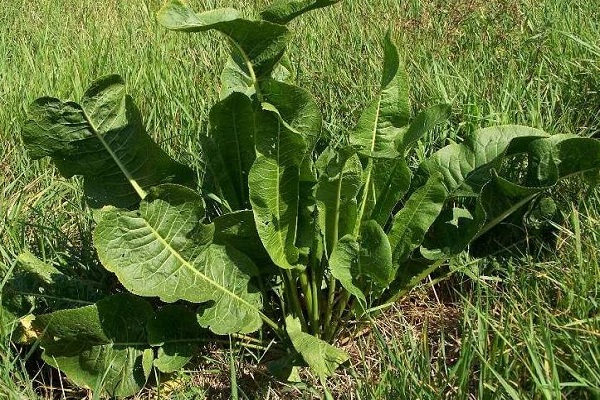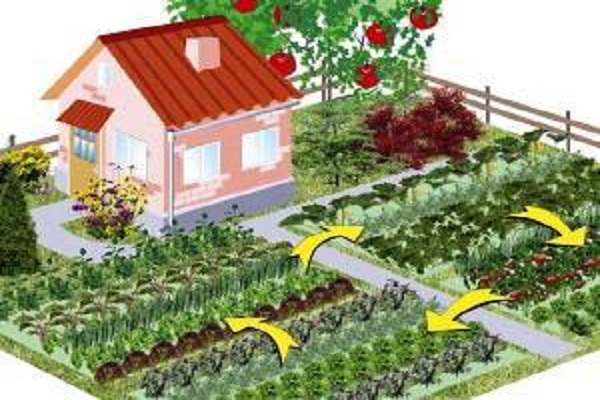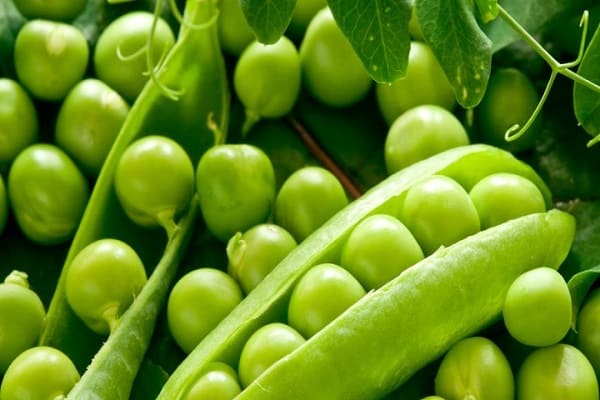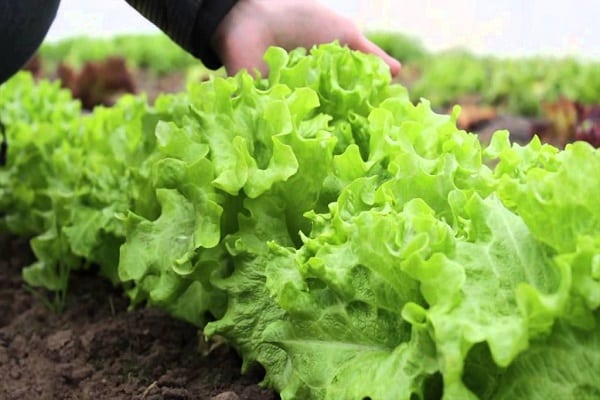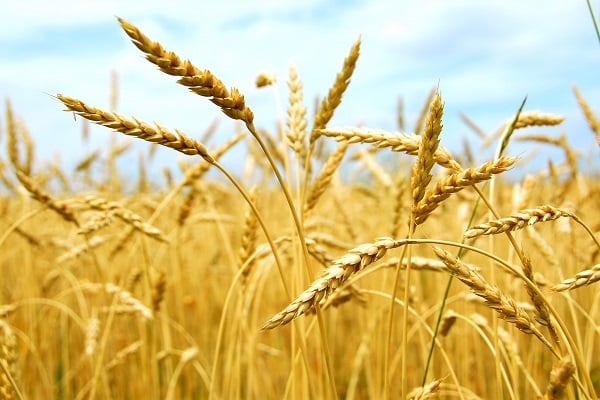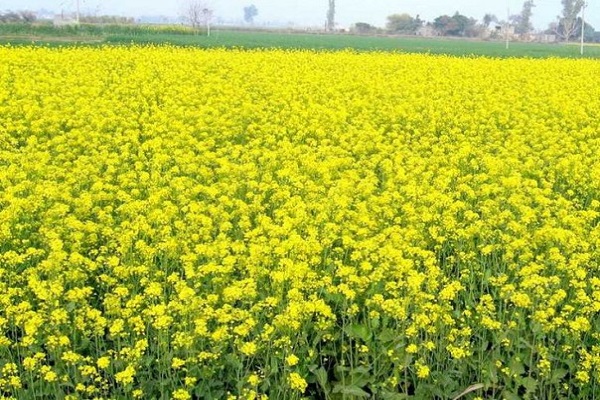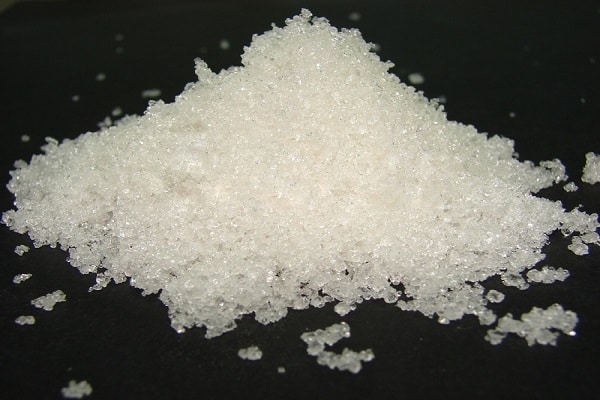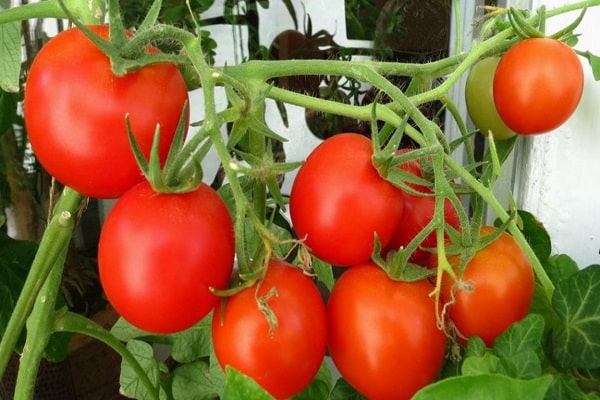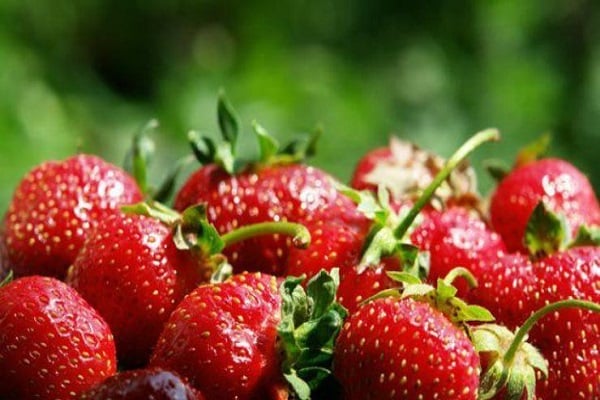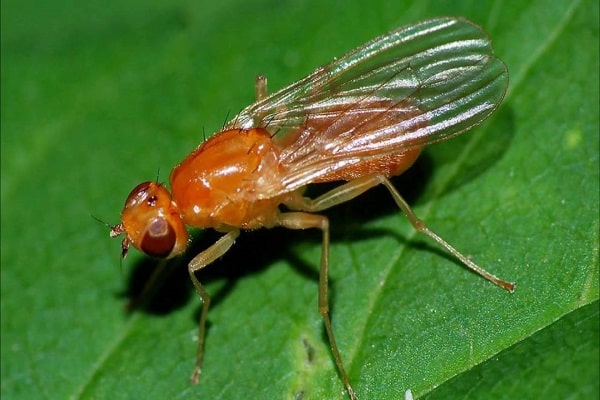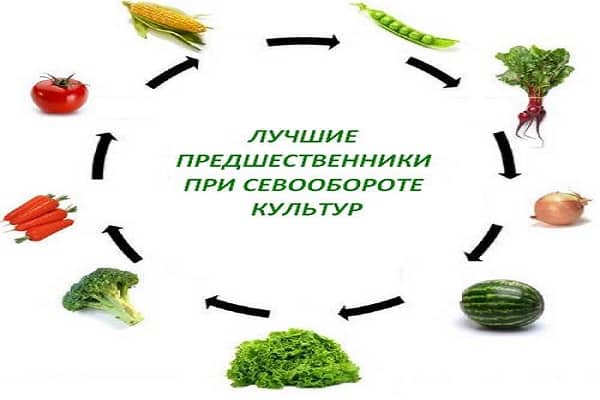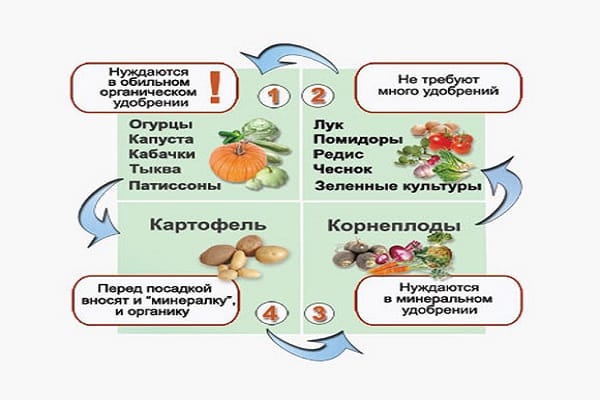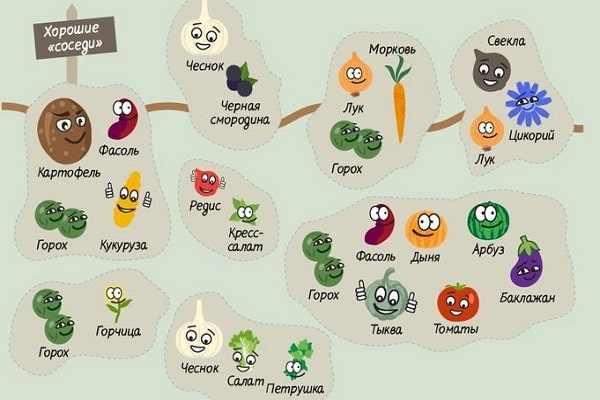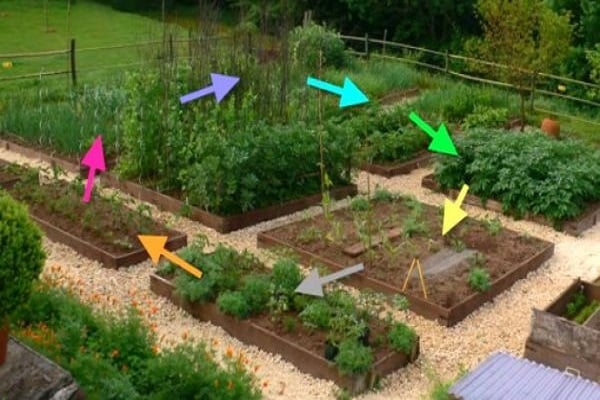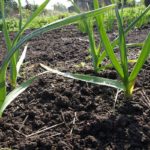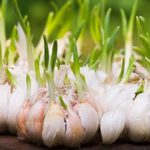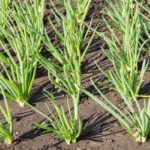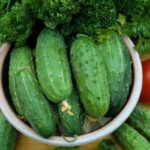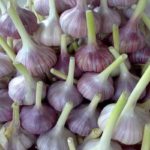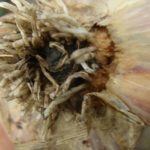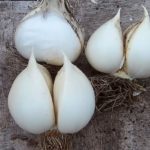Garlic today is found in almost every household plot, but not all gardeners can boast of a good harvest, since they need to understand what is permissible to plant after garlic. The most common reason for this situation is non-compliance with the rules of crop rotation and plant care. To avoid such problems, it is important to know what can be planted after.
- Crop rotation and its features
- How to ensure crop rotation
- Why do you need crop rotation in the garden?
- Spring replacement for garlic in the garden
- Is it possible to plant something in the fall after garlic?
- Can onions be a worthy substitute for garlic?
- Good neighborhood
- Some advice from an experienced summer resident
Crop rotation and its features
Compliance with the rules of crop rotation will allow you to obtain stable yields of garden crops. Any agronomist will tell you that you can plant in one place for no more than 3-4 years. The reduction in fruit yield varies for different plants. Garlic varieties show lower results already in the second year, and by the end of the permissible period they decrease significantly.
The use of crop rotation rules allows you to:
- maintain and increase soil fertility;
- reduce the number of weeds;
- grow a healthy crop;
- create a favorable environment for the development of microorganisms.
The main feature of crop rotation is planning and working for the future. Changing planting sites is thought out in advance, working out the details and order of changing garden crops. It is necessary not only to take into account the compatibility of different types of plants, but also the peculiarities of preparing the soil for them.
Neglecting the rules of crop rotation threatens the scourge of diseases and pests. Due to the fact that garlic is harvested early, there is empty space left in the garden after digging up the heads, so the problem often arises of what is best to plant on it. Despite the unpretentiousness of garlic varieties, it is recommended to know when it is better to plant garlic.
How to ensure crop rotation
In most cases, gardeners grow garden crops in the garden. It is recommended to use an even number of them on the site, which will make it easy to change the order of planting. The minimum rotation duration for crop rotation is 4 years, after which the procedure for changing horticultural crops is carried out.
There are plants that do not care about the predecessors that grow earlier at the planting site. These include:
- sorrel;
- asparagus;
- horseradish.
It is possible to obtain a rich harvest of such species without crop rotation rules.For most vegetable crops, compliance with the rules of crop rotation is considered mandatory. Garlic has a shallow root system and extracts nutrients only from the upper layers of the soil. Due to this feature, it is demanding on soil fertility, and it is recommended to plant it in place of the previous growth of plants with a long root system.
Why do you need crop rotation in the garden?
Numerous scientific theories and studies prove that rotation can minimize the risk of undesirable consequences of non-compliance with crop rotation in the form of diseases and pests.
When determining whether garlic can be planted after carrots or another type of plant, a simple rule is used. Its essence lies in the fact that plants that belong to the same family cannot be planted in the same place for a long time. The belonging of crops to different groups indicates the possibility of their combination, since in this case they are characterized by completely different diseases and pests.
Proper crop rotation increases productivity and reduces the risk of plant damage by pests. Garlic is a unique plant, after which the soil is enriched with useful elements, and this property is often used when planting legumes and potatoes.
Spring replacement for garlic in the garden
With the onset of spring, many summer residents think about what they can plant in their former garlic beds. In the spring they will be happy to accept:
- legumes;
- potato;
- tomatoes;
- cabbage;
- cucumbers;
- annual herbs.
Not required for planting, but the recommended species after garlic are annual herbs. They help replenish mineral reserves and restore soil balance. This variety includes green peas.
Is it possible to plant something in the fall after garlic?
The peculiarity of garlic varieties is that they can be planted in late autumn and early spring. Planting time depends on the type of garlic, namely whether it is a spring or winter variety.
After harvesting garlic in the fall, a significant empty area remains, which, given the warm days, you want to put to good use. Immediately after harvesting the garlic, crops with a short growing season can be planted in the freed space. These include:
- spinach;
- dill;
- various types of salads and greens.
To improve the quality of the soil, green manure plants are planted, which help improve the quality of soil looseness and enrich the soil with nutrients. These crops include:
- mustard;
- lupine;
- grain crops;
- rapeseed and many other species.
Experts consider wheat and legumes to be some of the best green manures. By saturating the soil with nitrogen, soil quality improves. Such plants release special substances into the ground, which further help prevent the appearance of weeds.
Can onions be a worthy substitute for garlic?
The Onion family should not be in the garden after the garlic. Both plants belong to the same family, therefore, according to the rules of crop rotation, their succession is prohibited. It is recommended to plant onions after cabbage or cucumbers. If this recommendation is not followed, the harvest will be poor and the plants may become sick.
Onions require large amounts of calcium to grow, which leads to soil depletion.
For garlic, the presence of such an element in the soil is one of the important conditions for good growth. After onions, many pests remain in the garden, most of which are very dangerous for garlic.When planting heads in such a bed, there is a high probability that the plantings will be infected with onion nematode. If such a disease is detected, experts advise not to plant garlic on the affected area for at least 3 years.
Good neighborhood
Planting garlic next to peas or beans is undesirable; cabbage located nearby does not have the best effect. At the same time, its presence next to the following crops has a beneficial effect:
- tomatoes;
- cucumbers;
- beet;
- strawberry.
The best neighbor for garlic crops is strawberries. Phytoncides secreted by garlic varieties repel most berry pests. Good growth is observed in garlic next to cucumbers and tomatoes. At the same time, it is important to maintain a planting distance, which should not be less than 65 cm. This proximity protects tomatoes from diseases such as rust, and garlic receives protection from scab.
The proximity of such crops to garlic helps repel many harmful insects. The plant acts as an excellent protector against the following pests:
- mole cricket;
- carrot fly;
- Colorado potato beetles;
- May beetle larvae.
Garlic planted next to beds of potato varieties will prevent the invasion of Colorado potato beetles. The plant is able to protect flower crops such as roses, asters, and gladioli from aphids. At the same time, the proximity of garlic to dill can improve the taste quality of the heads.
Some advice from an experienced summer resident
Strawberries will be a worthy replacement for garlic. The plant will be strong, pests will avoid the planting site, which will guarantee healthy shoots and a rich harvest of berries.
Many summer residents follow the rules of crop rotation, but do not bother themselves with lengthy calculations thanks to the use of the following tricks. There are two ways to determine what should be planted in the place of the previous bed:
- form two beds with planting plants from different families and, when a choice comes, simply swap them;
- They use the “tops and roots” principle, that is, sequentially planting crops with the formation of root crops, replacing them with species with above-ground crop formation at the next planting.
When using the second planting rule, the principle of belonging to the same family continues to apply. For example, carrots belong to the type of roots, and dill belongs to the tops. Moreover, both plants are representatives of umbrella plants, which prohibits the possibility of sequential planting in the garden.
Garlic should not be planted after plants that require large amounts of nutrients to grow. Do not plant the plant in a place where carrots or cabbage previously grew. For planting, choose open sunny places without the problem of stagnant water. If the garden area is small, they resort to the following tricks:
- plant in the shade of trees, but plant cloves more rarely, increasing the distance between plantings;
- take advantage of the proximity to strawberries by planting planting material between the rosettes.
The key to successful cultivation and obtaining a decent harvest of garlic is the correct choice of seeds. It is recommended to adhere to the following rules:
- for planting, use only healthy cloves without signs of defects and rot;
- if there is a lesion even on one clove, the entire head must be put aside;
- Seeds older than 2 years cannot be used for planting;
- You should not use heads with a small number of cloves; such a signal indicates the degeneration of the crop.
Chaotic behavior when organizing crop rotation is unacceptable, so experts advise keeping a notebook and recording the history of plantings in it. In this case, it is worth making markings and drawing up planting schemes, including planning for future work. It is recommended to record yield indicators in order to further analyze mistakes made and successes achieved.

